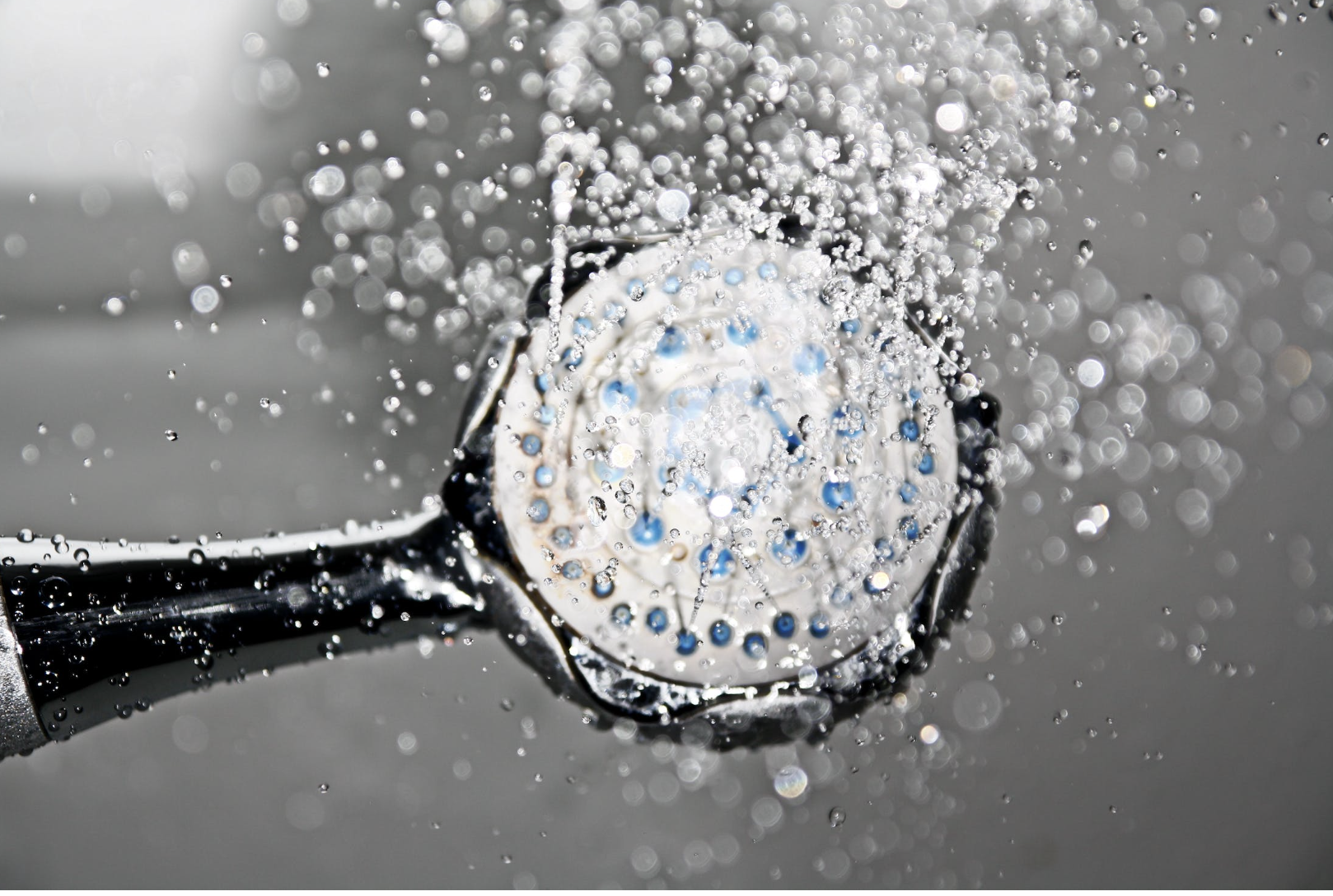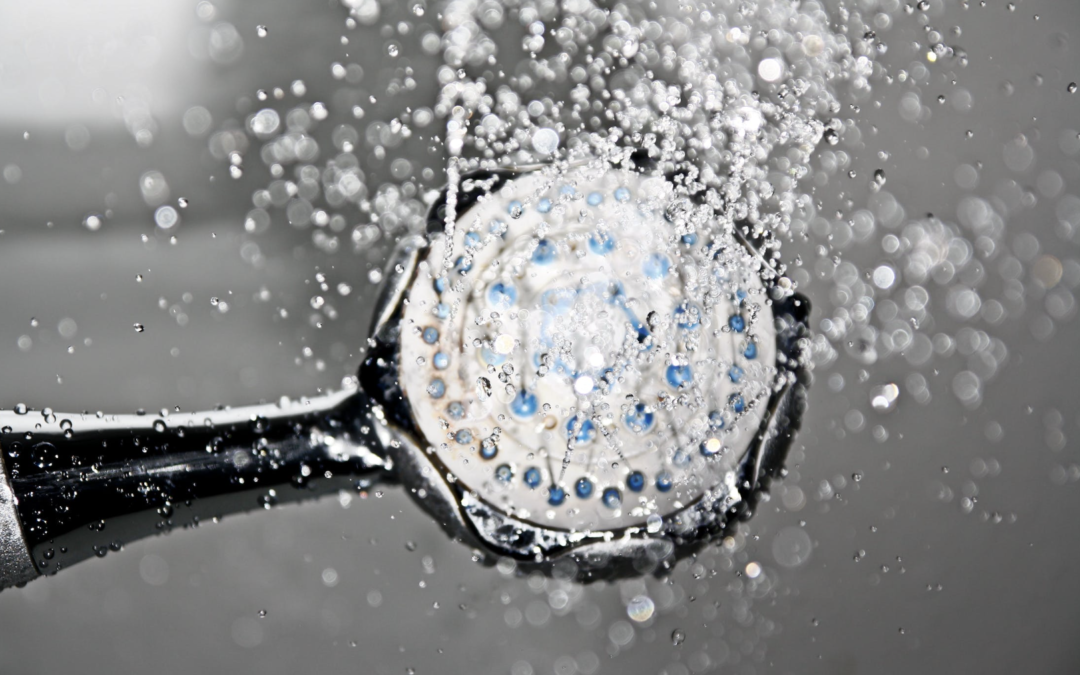
If you’ve been scrolling your feed this 2023 about health trends, chances are you’ve come across videos of climbing into tubs filled with ice water or jumping into freezing lakes, with enthusiasts claiming they feel healthier or happier, or both.
While this may seem a tad too trendy, don’t brush off cold water therapy just yet. Submerging one’s body in very cold temperatures has proven scientific benefits and a long history dating back to the ancient Greeks and Egyptians who used cold water to address a number of ailments.
But what exactly is cold water therapy, and will it really benefit your health? Does it have scientific backing? Is this something you can safely DIY at home, or is it best to leave things in the capable hands of experienced cold water therapists? Here’s what you need to know about cold water therapy.
Cold Water Therapy Through The Years
Egyptian Cold Water Therapy
To understand cold water therapy, we trace its roots to 3,5000 BCE, when Edwin Smith Papyrus outlined specific procedures and theories. Not surprisingly, he included the use of cold applications to ward off skin irritations. This marks the early understanding of the therapeutic use of cold.
Greek Cold Water Therapy
Meanwhile, on a different continent, ancient Greece’s Hippocrates theorized about what he called “humors,” or particular liquids within the body. He was right on the mark when he said that diseases occur when these humors are out of balance and that among treatments he was mulling over, cold could help significantly. He mentioned benefits like lowering high fevers, or how ice can stop bleeding when wounded.
The New Ice Age
We now jump into the 16th and 17th centuries, when water baths emerged. During this era, people became aware of the importance of hygiene, leading to the creation of spa towns or bathtowns.
However, it wasn’t until the 18th and 19th centuries that ice-cold water began to take root in modern medicine. Notably, a Scottish physician William Cullen began to prescribe cold water immersion to treat diseases. These baths range from full-body to foot-sized.
In the 19th century, people began having ice baths to recover from high fevers. The ice bath continued to evolve from that point until recent years when it became a staple of sports medicine, according to Plunge
Since then, the use of cold, which is now called cold therapy, has made great strides in health and wellness.
Cold Therapy Today
Cold therapy these days has a simple definition, and that is the practice of using water that’s around 59°F (15°C) to treat health conditions. Also commonly known as cold hydrotherapy, cold water therapy has been mainly linked to speed healing after an injury, ease joint and muscle pain, and quicken recovery from exercise – not surprisingly, its early users or proponents are athletes.
According to Everyday Health, in the early 2000s, researchers uncovered how cold water influences blood circulation and how that is linked to muscle damage or soreness. This is the reason why athletes turned to cold water therapy for help.
Recent interest in cold water therapy can be credited to Wim Hof, aka “The Iceman.” Wim Hof is a Dutch extreme athlete who broke world records related to cold exposure. Some of his feats include swimming underneath ice for approximately 217 feet and standing in a container full of ice cubes for more than 112 minutes.
From his experiences, he created the popular Wim Hof method, a type of cold practice that combines breath work, hydrotherapy, and commitment practices. Those who have tried this method claim that it has helped them increase their energy levels, boost their immune system, improve sleep, and help their bodies heal faster.
The following are the types of cold water therapy methods:

Cold Water Immersion
Cold water immersion involves plunging your body into cold water, typically submerging the body from the neck down in water that’s 50- 59 degrees for 5-15 minutes. Ice baths, and cold water plunges like the Wim Hof method belong to this type.
Cold showers
To engage in a cold shower, one must withstand a cold water setting at 50-59 degrees for 5-15 minutes. Cold showers are usually used to reduce inflammation and increase alertness. However, if you’re new to cold showers, according to Healthline, a 30-second cold shower can be a good starting point.
Contrast Water Therapy
Contrast water therapy involves alternating between cold and hot water for varying amounts of time, at around 30 minutes each. This method is usually used for treating muscle soreness and other injuries.
Wim Hof Method
Wim Hof’s method involves the following components:
Breathing exercises: The therapist will teach a specific breathing pattern of hyperventilation, followed by breath holds.
Cold exposure: involves cold water immersion.
Meditation: mind-body techniques to increase self-awareness and willpower.
Per Wim Hof’s website, the potential benefits of his method are greater energy, reduced stress, lower inflammation, and faster recovery.
The Wim Hof method has a a huge following, with the likes of Oprah Winfrey, Chris Hemsworth and Tom Cruise, among others. Some proponents say Wim Hof method helped them manage depression symptoms. However, as a new method, it’s worth noting there isn’t much evidence yet pointing to the effectivity of the Wim Hof method.
Health Benefits of Cold Water Therapy
Supporters of cold therapy say it helped them with many a number of ailments such as improving circulation, deepening sleep, increasing energy levels, and reducing inflammation in the body. However, these are anecdotal at best, as not much sufficient research have been conducted to support these multiple claims.
But if you’re interested in this method and believe it can help you, here’s some good news. There are actually health benefits that have been proven by science. Let’s take a closer look at what these benefits are.
May Aid Muscle Recovery and Decrease Pain
Majority of the research in cold water therapy involves muscle recovery and reduction of muscle pain.
How does it work? The body uses the same nerve pathways for pain and for regulating temperature, which is why icing injuries helps. Furthermore, cold water works to alleviate pain by constricting blood vessels and reducing blood flow to body parts. So when you get out of an ice bath, this increases blood circulation to the body parts, helping reduce pain and inflammation.

May Decrease Stress and Improve Mood
Beyond the anecdotal evidence, research found a positive correlation between cold water immersion and reduced stress levels. In this 2023 study for the journal Biology, tha patients’ brains scans were compared before and after an ice bath. True rough, the scans relevealed a connection between the regions of the brain controlling attention, emotion, and self-regulation after cold water immersion.
Much of this research are in its early stages, so proponents of cold water therapy for mood regulation still have a long way to go.
May Help Improve the Immune System
Like fasting, cold water therapy is a kind of hormetic stress, which is a good kind of stress that benefits your body. According to research, it can benefit the immune system, and would theoretically improve the body’s chances of fighting illnesses.
There’s some evidence that cold water therapy can stimulate your body’s immune system. This would theoretically improve your ability to fight illness. In a Dutch study, they tested two groups of people. One of them practiced cold water therapy, along with meditation and deep breathing, the second one did not. After being exposed to a bacterial infection, the first group prodiced more anti-inflammatory chemicals. Some sources have also suggested that regular exposure to cold water could boost antitumor immunity. Further studies have to be done.
A word of caution
As an emerging popular health trend, cold water therapy is everywhere these days– from gyms, spas, and other locations. But is it worth giving a try?
Like any health endeavor, it’s best to ask your doctor first. Cold water therapy has risks involved, such as hypothermia, frostbite, and even heart attacks.
Should you give it a go, such as a ice cold bath for example, make sure to have the following:
- Approval of your GP
- Make sure you’re not alone and the water is safe.
- Plan how to go in and out of the water safely.
- Be sure to have warm provisions once you get out, such as dry towels, a hot drink, and a warm place or shelter to recover in.
- Only stay in cold water for a short period of time, get out before you experience numbness, pain or shivering.

Tags
References:
https://icebarrel.com/blog/back-to-our-roots-the-history-of-ice-baths-cold-water-bathing/
https://www.news-medical.net/health/What-is-Cold-Water-Therapy.aspx
https://www.health.com/ice-baths-8404207
https://www.everydayhealth.com/wellness/cold-water-therapy/guide/
https://www.healthline.com/health/cold-water-therapy#bottom-line/
https://www.forbes.com/health/wellness/cold-water-therapy/



0 Comments